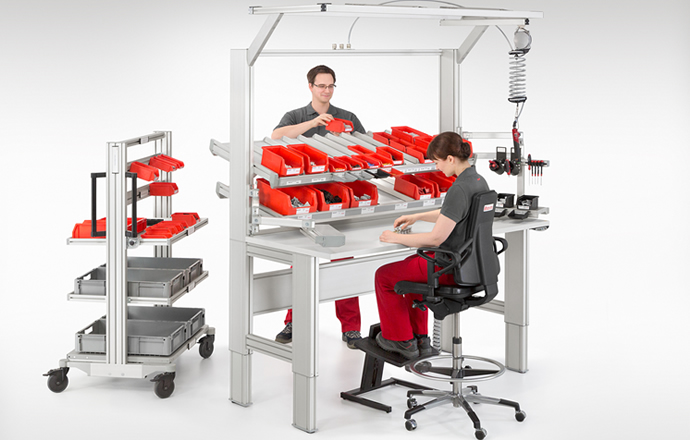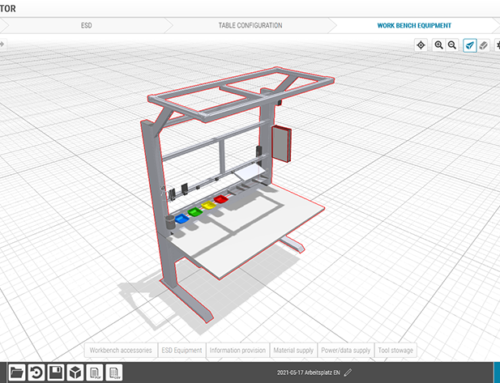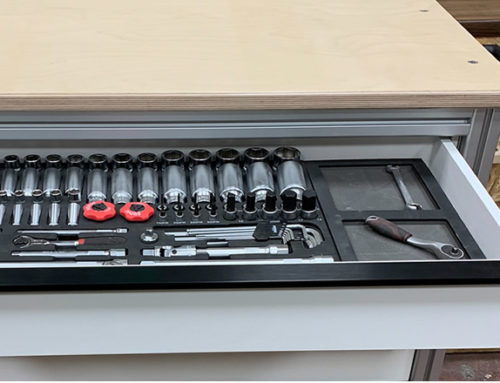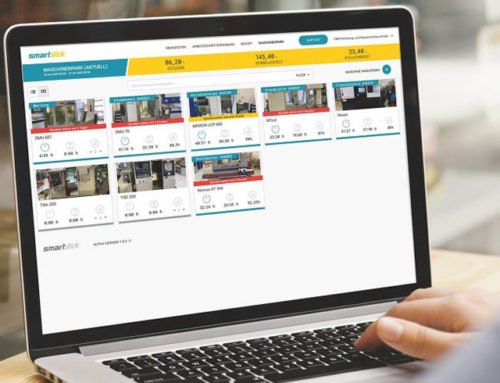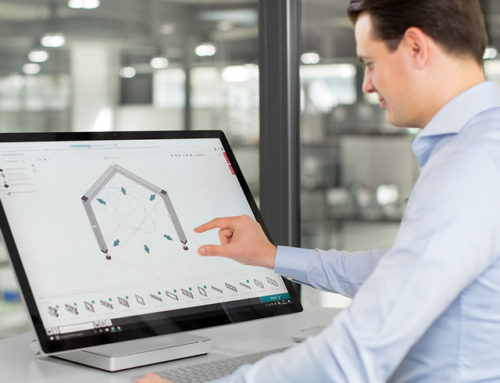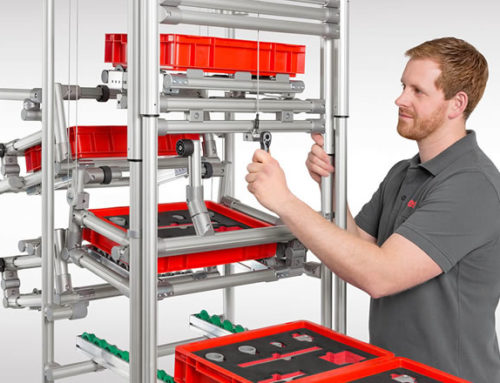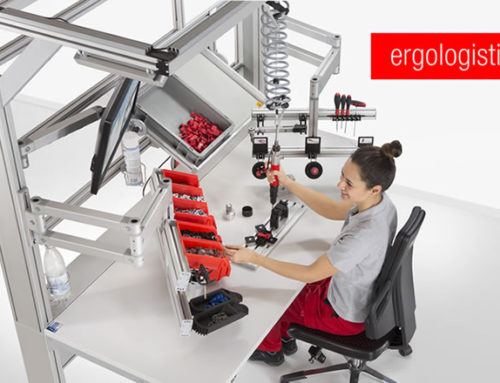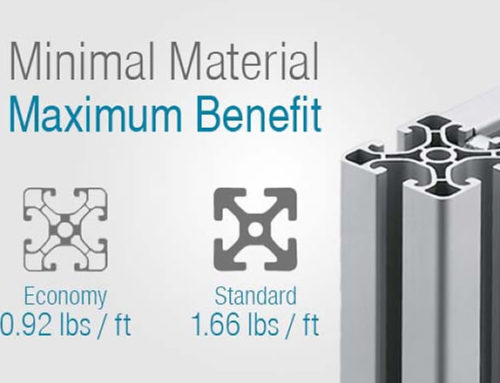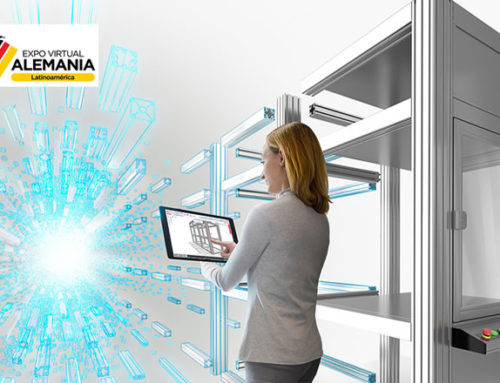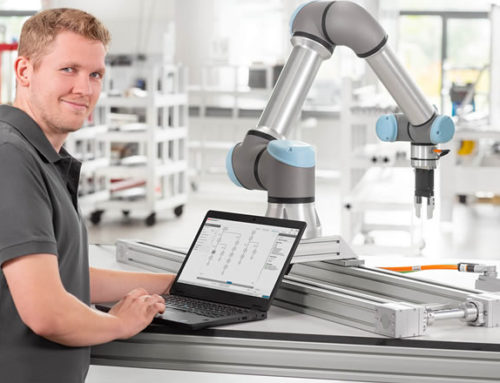The Importance of Ergonomics: It’s All Greek to Me
Building a strong case for the benefits of an ergonomic workplace.
Ergonomics is a term that most employers have heard tossed around by workplace safety and risk management experts, but many are not entirely clear on just what it means and why it is an important issue. The term itself means the “laws of work.” It comes from the Greek words ergon (“work”) and nomos (“laws”). The basic principle of ergonomics is to make sure the job environment – including tasks, workstations, tools, and equipment – is well-matched to the worker, minimizing stress on that worker’s body.
As to why ergonomics is an important issue in the workplace, the short answer is that including ergonomic principles in the design of work tasks and equipment can significantly reduce risk of musculoskeletal injuries, according to a report released by the Washington State Department of Labor and Industries. Since these types of injuries consistently rank among the top 10 most common workplace injuries, reducing risk of them is important to overall worker safety as well as to controlling workers’ compensation costs.
Ergonomics in the workplace has also been shown to yield significant increases in productivity, reductions in employee absenteeism, and decreases in employee turnover rates – benefits that, according to the Washington State Department of Labor and Industries, were seen with ergonomic interventions across a variety of positions and industries.
Addressing Ergonomics in the Workplace
So what does it take to implement ergonomic principles in your workplace? Among the interventions that can help your company reap the benefits of a worker-friendly workplace are workplace ergonomic assessments. Proactive ergonomic assessments analyze how work is getting done to help identify practices that create undue physical stress for workers or place them at high risk for injuries. Reactive ergonomic assessments are performed in response to injuries, analyzing their underlying causes. The goal of both assessments is to recognize and correct injury risks to create a safer, more healthful workplace environment. Addressing ergonomics in terms of workplace design and equipment is important. So is ensuring employees understand and employ good body mechanics in the workplace. Providing employee training in the principles of ergonomics, especially proper posture, appropriate desk and chair heights, along with taking stretch and walk breaks during the workday, all have a place in improving the work environment.
Putting It Into Practice
If this is all Greek to you, you’re not alone. Most employers are not well-versed in the principles of ergonomics, nor are most familiar with what it takes to implement effective employee education on those principles. That means that taking these steps in your workplace will require some help from a workplace health and safety expert.
But will the benefits of these interventions outweigh the costs? According to that previously mentioned Washington State Department of Labor and Industries report, the answer is clearly “Yes,” with some employers seeing their workers’ comp costs reduced by more than 80 percent. And the benefits go beyond just the money saved: employers surveyed saw absenteeism cut in half, turnover rates decreased by as much as 86 percent, and productivity increased by as much as 40 percent, all because of ergonomics in the workplace. Does your workplace suffer from injuries and absenteeism related to awkward and inaccessible workstations?
item offers a full range of ergonomic solutions for industrial, manufacturing and commercial use.
From height adjustable workbenches to low cost automation that eliminates the need for bending and lifting, item has a solution.
This article was originally published on www.ergoscience.com and was written by ergonomics expert, Deborah Lechner.
